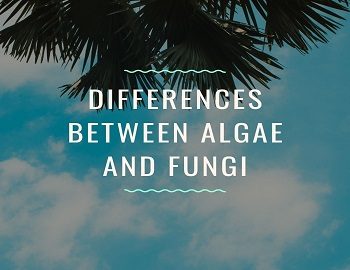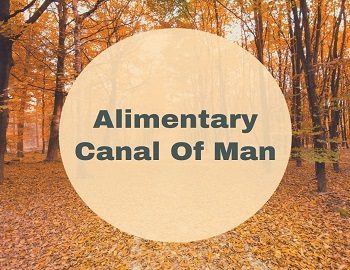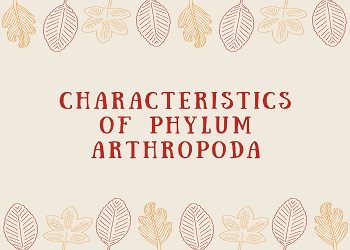| Algae occur in aquatic and subaquatic or moist terrestrial habitats. | Fungi are found in terrestrial, subaquatic and aquatic habitats. |
| Possess chlorophyll, hence algae are autotrophic in their mode of nutrition. | Devoid of chlorophyll, hence they are heterotrophic in their mode of nutrition. These obtain their food by saprophytic or parasitic means. |
| They prefer bright sunlight. | They flourish in darkness and dim light. |
| They absorb inorganic nutrients from their environment. Their food consists of only inorganic materials like carbon dioxide, water and mineral salts. | They absorb organic nutrients from their environment. Their food consists of organic substances and minerals. |
| Cell wall contains cellulose. | Cell wall contains chitin or fungus cellulose. |
| The thallus is filamentous, uniaxial, and multiaxial pseudoparenchymatous, siphonaceous or parenchymatous. | Such an elaboration is not present. Thallus or mycelium is made of distinct branched hyphae or the same may be compacted to form plectenchyma. |
| Food is stored in the form of starch or closely related polysaccharides and oil globules. Glycogen is never formed. | Food is stored in the form of Glycogen and oil globules. Starch is never formed. |
| Cells contain central vacuoles. | Cells often contain small vacuoles. |
| Septal pores are absent. | Septal pores are quite common. |
| Dictyosomes are polycisternal. | Dictyosomes are commonly unicisternal. |
| Airborne spores are rare. | Most fungi produce airborne spores. |
| During sexual reproduction, plasmogamy is immediately followed by karyogamy. | Karyogamy accompanies plasmogamy in some primitive fungi only. In others, it occurs after an interval during which a dikaryophase is formed. |
| There is a progressive evolution of sex in algae. | There is a progressive reduction of sexuality in fungi. |









Comments (No)